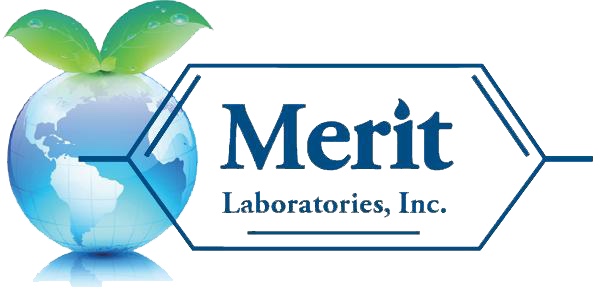The U.S. Environmental Protection Agency (EPA) held a public hearing on May 4, 2023 to hear comments on the proposed PFAS National Primary Drinking Water Regulation (NPDWR). The public hearing was a follow-up of the EPA’s announcement on March 14, 2023 about the PFAS NPDWR proposed rule.
If the proposed rule finalized as published, it would establish legally enforceable maximum contaminant levels (MCLs) for PFAS in drinking water. The rule includes six PFAS with a proposed MCL:
PFOA
PFOS
PFNA
PFHxS
PFBS
HFPO-DA (GenX)
The proposed individual MCLs for PFOA and PFOS are 4 parts per trillion (ppt) or nanograms per liter (ng/L).
The proposed MCLs for PFNA, PFHxS, PFBS and HFPO-DA (GenX) are listed at a 1.0 Hazard Index (unitless). The Hazard Index is a tool used to evaluate potential health risks from exposure to chemical mixtures. EPA is proposing that water systems use the Hazard Index tool to evaluate potential risks based on an assumption of dose additivity.
The EPA’s PFAS NPDWR rule would require public water systems to monitor for these PFAS, notify the public of levels of these PFAS, and reduce the levels of these PFAS in drinking water if they exceed the proposed standards. EPA anticipates finalizing the regulation by the end of the year.
As background, PFAS are fluorinated organic chemicals, which include perfluorooctanoic acid (PFOA) and perfluorooctanesulfonic acid (PFOS). PFAS, also known as “forever chemicals” are persistent and bioaccumulate. Persistent means they do not break down in the environment and bioaccumulate refers to the process of building up over time in the blood and organs. Of all the PFAS compounds, PFOA and PFOS have been the most studied. PFOA and PFOS have been used in the manufacturing of carpet, clothing, shoes, cookware, packaging, oil and water repellents, furniture, take-out food containers, and countless other application like the surfactants needed in chrome plating and the main compounds that researchers hope can be used in liquid breathing. PFAS compounds have also been used by the Department of Defense (DoD) at military locations throughout the United States.
Merit Laboratories is a leading national PFAS environmental laboratory, analyzing drinking water, soil, wastewater, groundwater, and other sample matrices, including biosolids and sludge. Analytical methods performed by Merit for PFAS include drinking water by EPA 533, EPA 537.1, and EPA 537 rev. 1.1, biosolids by ASTM D7968-17 with Isotopic Dilution, and soil, wastewater, groundwater, and surface water by ASTM D7979-19 with Isotopic Dilution, ASTM D7968-17, and development of the new EPA 1633 method.

